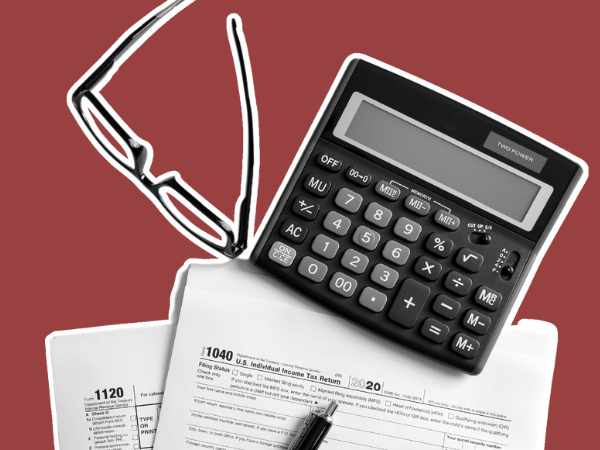
3 minute read
Benefits Corner
Stay Cool
Submitted by Emily Cole, Marketing Coordinator, Educational Benefits
Summer in the south is sizzling, and staying cool is a top priority! The Centers for Disease Control and Prevention list five types of heat illness:
• Heat exhaustion – a precursor to heat stroke
• Heat stroke – a deadly illness in which the body temperature may rise to 103 degrees Fahrenheit
• Heat cramps – muscle spasms and pain that can happen during strenuous exercise in the extreme heat
• Sunburn – when the skin is burned by too much sun exposure; can lead to red, painful, and even blistered skin
• Heat rash – a skin irritation caused by excessive sweating
Signs of heat exhaustion include:
• Heavy sweating
• Weakness and/or fainting
• Cold, clammy skin
• Fast, weak pulse
• Nausea and vomiting
• Heat cramps
If someone is showing signs of heat exhaustion, call 911 and move the person to a cooler area to lie down. You can loosen their clothes and apply cool, wet cloths to their skin. Giving the person small sips of water is also beneficial.
Signs of heat stroke include:
• High body temperature, above 103 degrees Fahrenheit
• Hot, red, dry skin
• Rapid, strong pulse
• Dizziness
• Possible unconsciousness
• Nausea
• Confusion
If someone is showing signs of heat stroke, call 911 and move the person a cooler location. You can place cool, wet cloths on the person’s body and possibly give them a bath. Do not give the person a drink as it may cause vomiting and further dehydration.
Heat illness can be deadly. Use these tips to avoid heat illness:
• Drink 2 to 4 cups of water every hour when working or being active outside. Drink even if you are not thirsty; by the time you are thirsty, you will already be dehydrated.
• Avoid liquids that contain alcohol or too much sugar as they can make dehydration more likely.
• Wear sunscreen and reapply every hour or as instructed on the label.
• Schedule tasks during the least hot parts of the day, like early morning or later in the evening.
• Wear a wide-brimmed hat and loose, lightweight, light-colored clothing.
• Take breaks every 20 minutes in a cooler, preferably air-conditioned, area.
• Seek medical care immediately if you or someone with you shows any symptoms of heat illness.
Don’t forget to look out for children and the elderly as they are the most susceptible to heat illness. Heat is also difficult for pets, too, so keep your pets inside during the worst of the heat during the midday.











